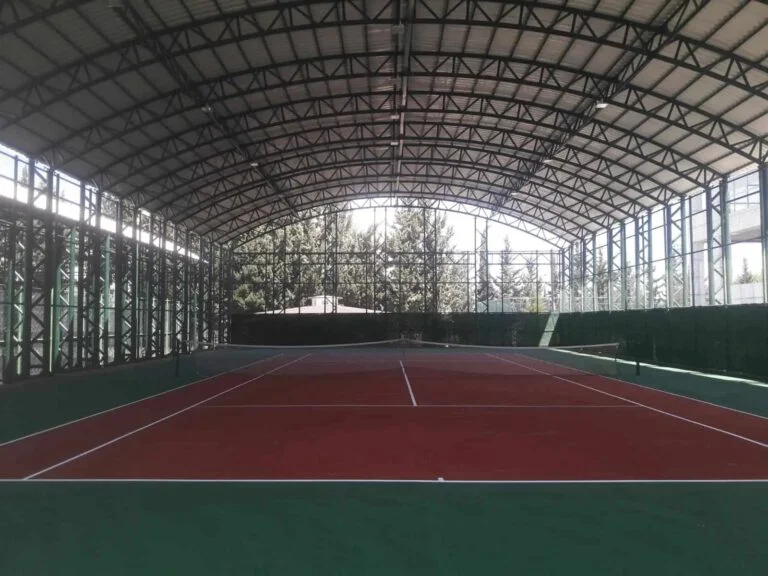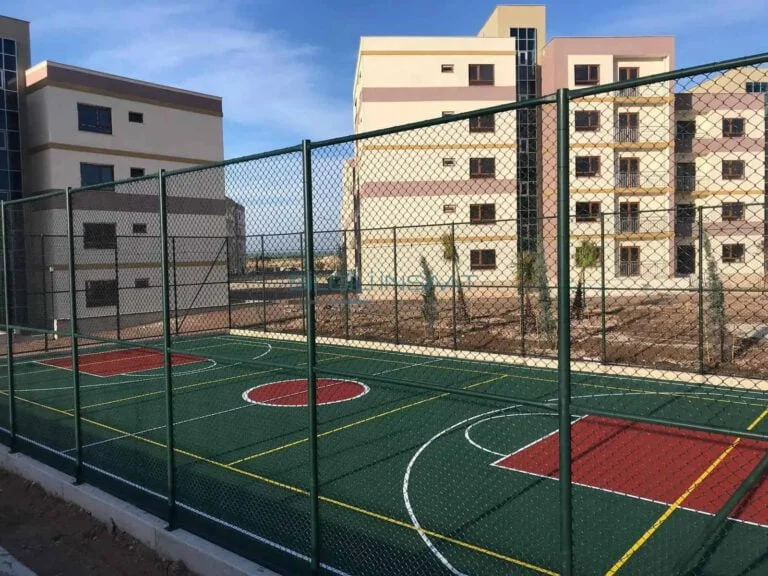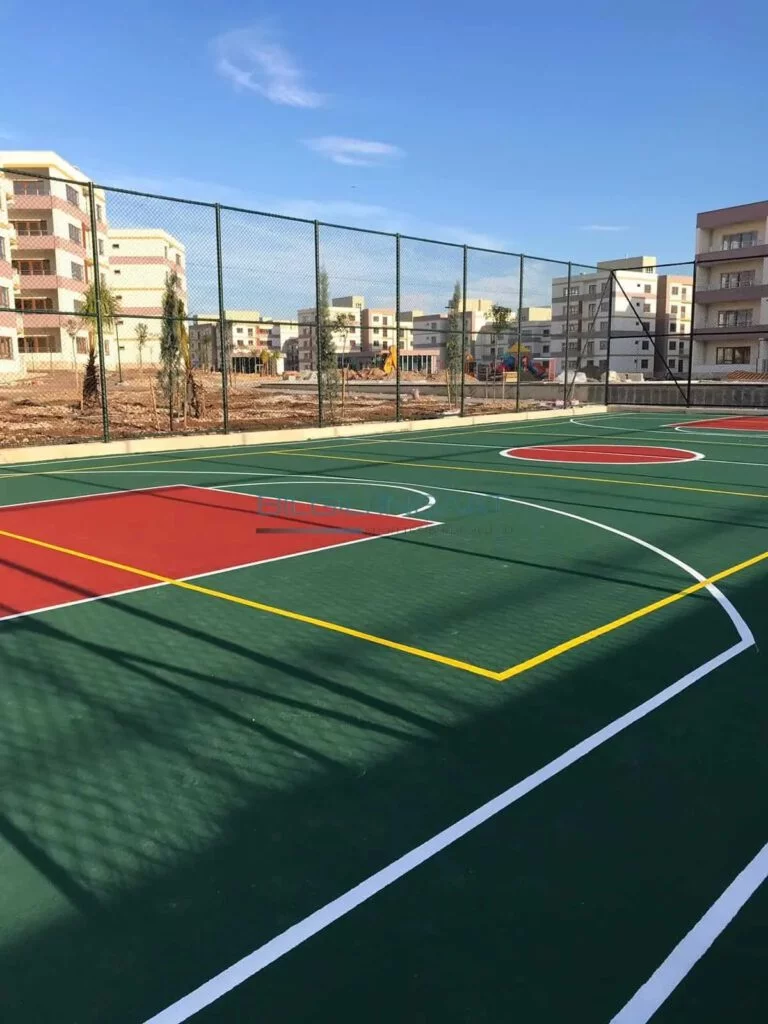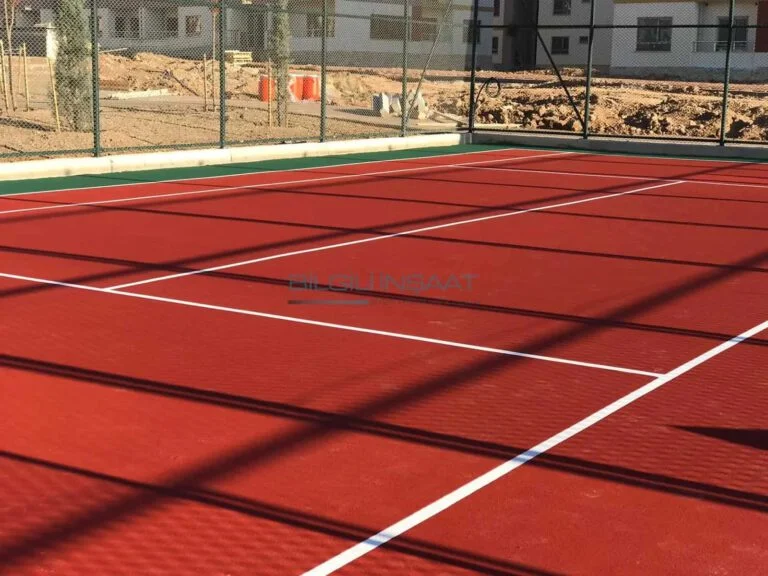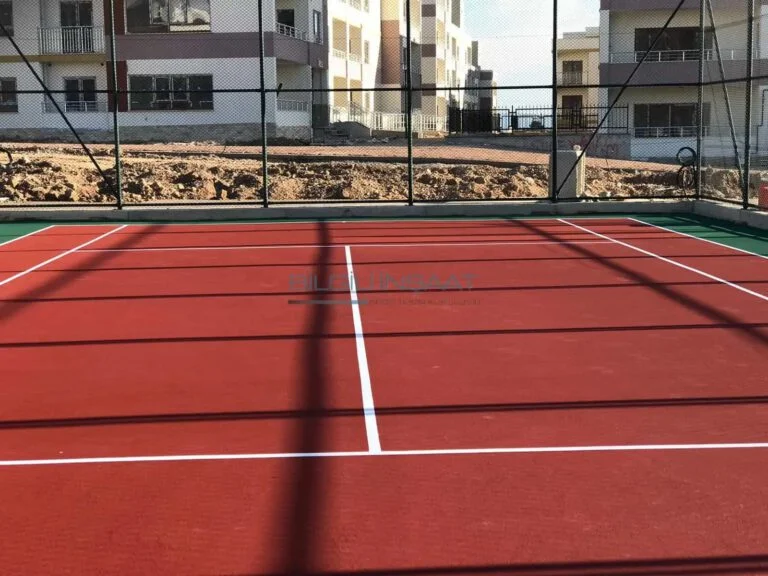- Home
- Corporate
- Projects
- Flooring Systems
- Sports Equipment
- Sports Construction Projects
- Indoor Sports Hall Construction
- Basketball Court Construction
- Volleyball Court Construction
- Athletics Track Construction
- Handball Field Construction
- Football Pitches Construction
- Indoor Astroturf Field Construction
- Children’s Playground Construction
- Tennis Court Construction
- Wire Fence Systems
- Steel Construction
- Galvanized Steel Grandstand Manufacturing
- Contact Us
- Home
- Corporate
- Projects
- Flooring Systems
- Sports Equipment
- Sports Construction Projects
- Indoor Sports Hall Construction
- Basketball Court Construction
- Volleyball Court Construction
- Athletics Track Construction
- Handball Field Construction
- Football Pitches Construction
- Indoor Astroturf Field Construction
- Children’s Playground Construction
- Tennis Court Construction
- Wire Fence Systems
- Steel Construction
- Galvanized Steel Grandstand Manufacturing
- Contact Us
Tennis Court Construction
Tennis Court Construction
Building a tennis court requires a professional approach and attention to detail. Understanding the types and characteristics of surfaces is essential for a successful court construction. Firstly, when selecting materials for the construction process, it is important to consider both durability and player comfort. Additionally, drainage systems and surface coating technologies are among the key considerations in tennis court construction. All of these factors are key to creating a healthy and long-lasting tennis court.
Considerations in Tennis Court Construction
Building a tennis court is a process that requires careful planning and a professional approach. Here are some important points to consider:
- Ground Preparation: One of the most important stages in tennis court construction is ensuring the ground is properly prepared. The ground should be stable and level.
- Material Selection: The quality and durability of the materials used are important. High-quality materials ensure the longevity of the court.
- Determining the Type of Surface: Whether the court will be outdoor or indoor should be determined. Outdoor courts generally require more maintenance.
- Drainage System: An effective drainage system should be installed to prevent the accumulation of rainwater.
- Environmental Landscaping: Proper lighting and fencing systems should be placed around the court.
By paying attention to these factors, you can save costs and ensure long-term use in tennis court construction.
Tennis Court Construction Photos:
Tennis Court Surface Types and Features
During tennis court construction, different surface types can be preferred. Each surface type has its own unique features and advantages:
Hard Surface (Concrete or Asphalt):
- Features: Durable, low maintenance.
- Advantages: Provides fast gameplay, suitable for all weather conditions.
Clay Surface:
- Features: Natural, reduces sliding.
- Advantages: Puts less strain on joints, offers controlled gameplay.
Synthetic Grass:
- Features: Easy maintenance, provides a natural grass feel.
- Advantages: Low maintenance cost, comfortable surface.
Acrylic Surface:
- Features: Colorful, slip-resistant surface.
- Advantages: Aesthetic appearance, high performance.
When selecting the surface type during tennis court construction, it is important to consider the intended use and budget. Remember, the right surface type directly affects the quality of the game and the performance of the players.
Frequently Asked Questions
The construction of the tennis court may vary depending on the condition of the ground, weather conditions and materials used. Generally, the construction of a tennis court is completed in 4 to 6 weeks with the work of a professional team. However, preparation stages and environmental factors may affect this period.
Various types of flooring are available for tennis courts, and each has its own advantages. The most commonly used soil types include hard (concrete or asphalt), clay, grass, and synthetic materials. Hard floors are durable and low maintenance. Clay courts help slow the ball down and provide a softer surface for players. Grass courts provide fast play and a natural feel. Synthetic floors, on the other hand, are known for their versatility and durability.
The basic materials used in tennis court construction include ground material (asphalt, concrete, clay, grass or synthetic material), drainage systems, wire fences, net poles and netting, fencing materials surrounding the court and lighting systems. In addition, the coating materials and line paints applied to the court surface are also important. Choosing the right material directly affects the durability of the court and the player experience.








